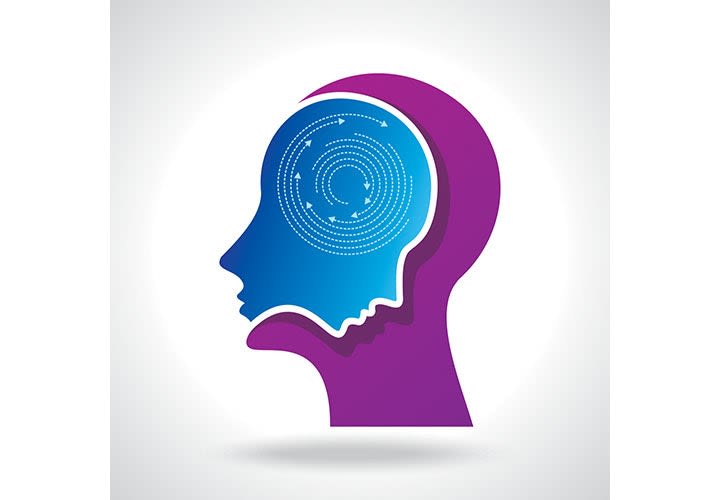There are more than 300 mental disorders listed in the Diagnostic and Statistical Manual of Mental Disorders. Mental illnesses can affect people's thoughts, mood, behavior, and the way they perceive the world around them. This manifests itself at work, in relationships, or in everyday tasks; one in four adults experiences a mental health disorder in any given year. Overall, 5% of the U.S. population suffers from some type of serious mental illness. Combine this with the statistic that approximately 10% of people who suffer from mental illness eventually die by suicide, as compared with 1% to 3% of the general population, and it's easy to see that we as law enforcement officers need to take this topic very seriously.
Research suggests that people with developmental disabilities and other mental issues are seven times more likely to encounter law enforcement than others. An International Chiefs of Police Association (IACP) 2014 report found that 10 times more people affected by mental illness are in prisons and jails than are receiving treatment in state psychiatric hospitals. In other words, law enforcement officers often find themselves on the frontlines when dealing with people in a mental health crisis. Today's law enforcement officer is forced to act as a mental health worker in a system that is obviously broken.













